'Art or Sound' is the Prada Foundation's new synaesthetic Venice show
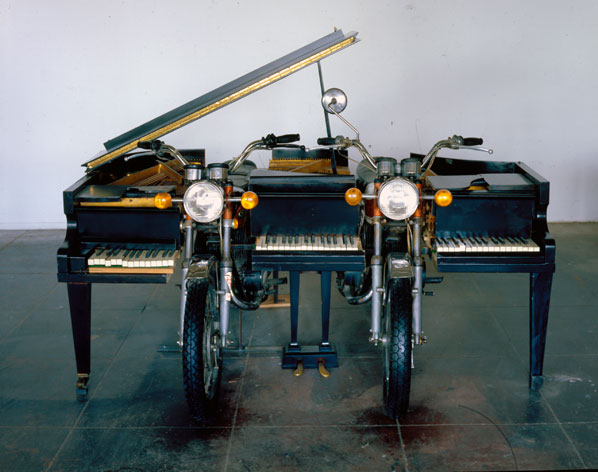
In the midst of Venice's fast-paced Architectural Biennial, 'Art or Sound', the Prada Foundation's current show, feels like something of an intellectual's amusement park: poker-faced journalists find themselves stepping into pieces, pressing on buttons, playing rather than observing.
This is precisely the kind of boundary-shattering the exhibition's curator Germano Celant (who famously coined the term 'Arte Povera', or poor art), was looking for. After all, in today's highly controlled art world, where does one draw a line between work and play, art and commodity, the intellectual and the emotional?
Sprawling over the Foundation's majestic three storeys, this 'theatre of things', as Celant put it, is laid out as a jolly multi-media, interactive display of artworks, functional objects, and imaginary instruments. They range from 17th century musical boxes to early 20th century experimental trumpets by craftsmen of the time; see Man Ray's 'Violon d'Ingres' (1924) to John Cage's 'Water Walk' (1959), as well as contemporary work such as Loris Gréaud 'Crossfading Suitcase' (2004) - allowing, again, for a disruption between high and low.
To Celant, the sense of hierarchy is also present in the relationship between art and sound: 'The museum has become a vision-centric territory where all non-visual senses are repressed,' he said of the show.
The works chosen are missing a dimension if you don't listen: Laurie Anderson's 'Numbers Runners' (1979) for example, recreating a typical American phonebox, only becomes an entirely fuller proposition when the viewer picks up the receiver to hear the artists existential questions.
'I wanted to reinject life into the clinical, aseptic visual art space,' explained Celant about his choice to hold a series of performances by younger, often local artists such as Ricardo Berreta. 'In order to generate creative birth, art should be a labyrinth of senses.'

Sprawling over the Foundation's majestic three storeys, this 'theatre of things', as curator Germano Celant put it, is laid out as a jolly multi-media, interactive display of artworks, functional objects, and imaginary instruments. Pictured: 'Oracle' by Robert Rauschenberg, 1962-65.

The sensory exhibit encourages visitors to press on buttons and play rather than simply observe. This percussion work is titled 'Echi di suoni e cani che abbaiano' by Eliseo Mattiacci, 1983.
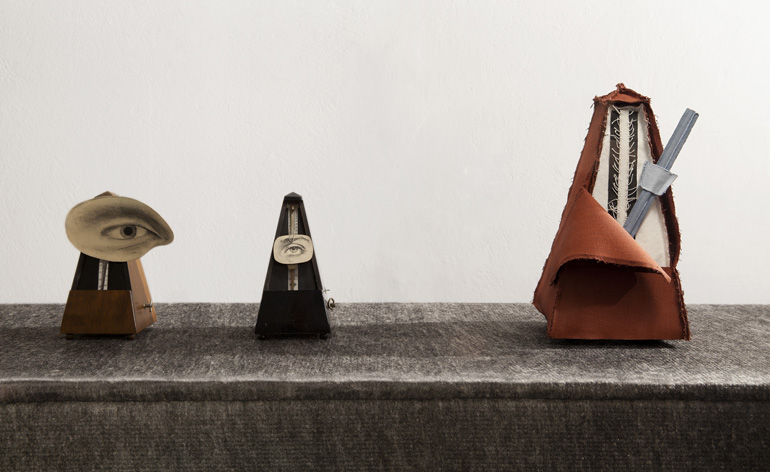
From left to right: 'Metronome' by Salvador Dali, 1944, 'Indestructible Object' by Man Ray, 1923 (1965), and 'Silent Metronome' by Claes Oldenburg and Coosje van Bruggen, 2005.
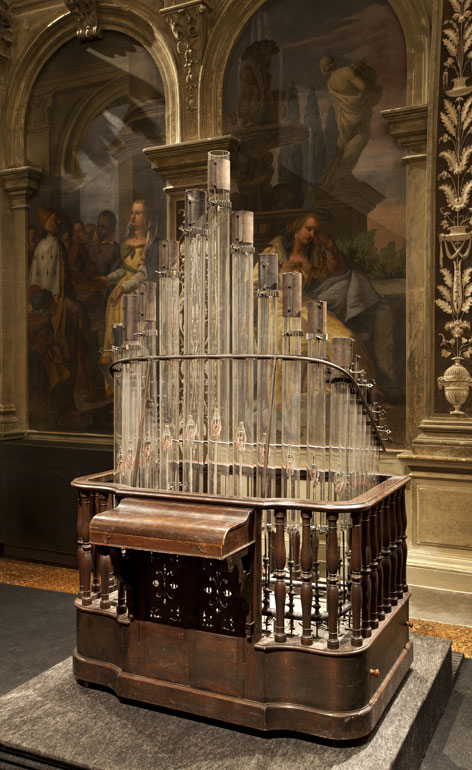
'Pyrophone' by Georges Frédéric Kastner, circa 1876.
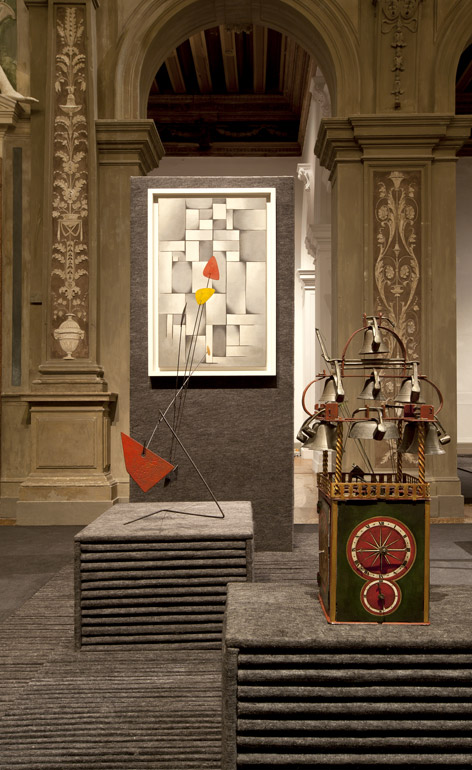
In the foreground: 'Chiming Clock with Iron Case' by Jean Dubois au Puy, circa early 17th century, 'Untitled' sculpture by Alexander Calder, 1940 and 'Composition in Gray' by Theo van Doesburg, 1919.
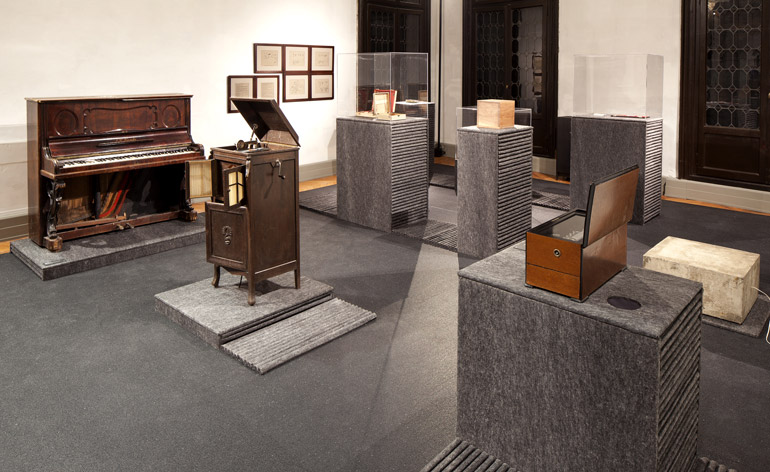
'I wanted to reinject life into the clinical, aseptic visual art space,' explained Celant about his choice to hold a series of performances by younger, often local artists. 'In order to generate creative birth, art should be a labyrinth of senses,' he added.
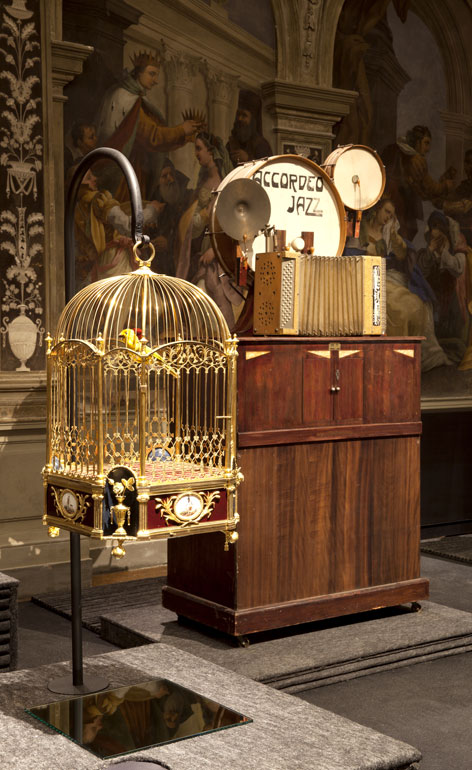
From the left: 'Singing Bird Cage With Clock' by Pierre Jaquet-Droz. circa 1785 and 'Orchestrion Accordeo Jazz' by Amelotti, circa 1920.
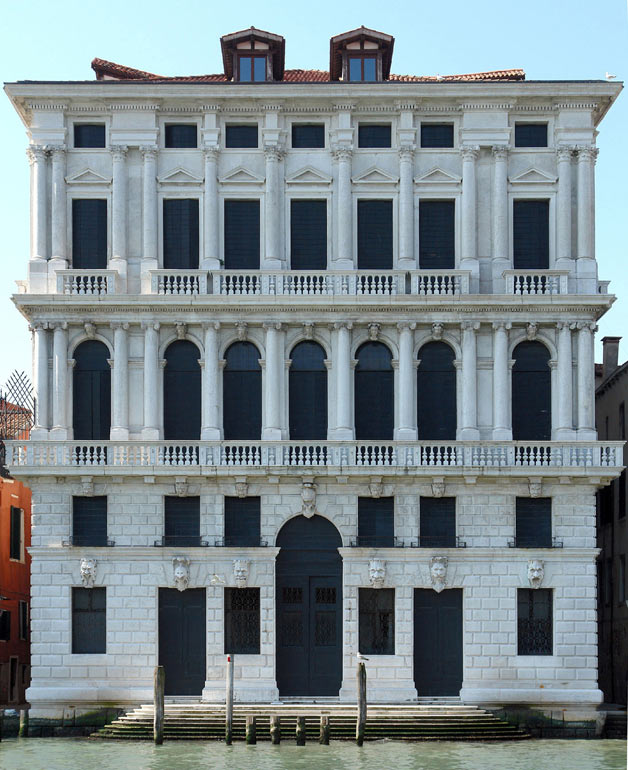
The façade of the Prada Foundation in Venice
ADDRESS
Prada Foundation
Ca' Corner Della Regina
Venice
Receive our daily digest of inspiration, escapism and design stories from around the world direct to your inbox.
-
 Nela is London's new stage for open-fire gastronomy
Nela is London's new stage for open-fire gastronomyA beloved Amsterdam import brings live-fire elegance to The Whiteley’s grand revival
-
 How we host: with Our Place founder, Shiza Shahid
How we host: with Our Place founder, Shiza ShahidWelcome, come on in, and take a seat at Wallpaper*s new series 'How we host' where we dissect the art of entertaining. Here, we speak to Our Place founder Shiza Shahid on what makes the perfect dinner party, from sourcing food in to perfecting the guest list, and yes, Michelle Obama is invited
-
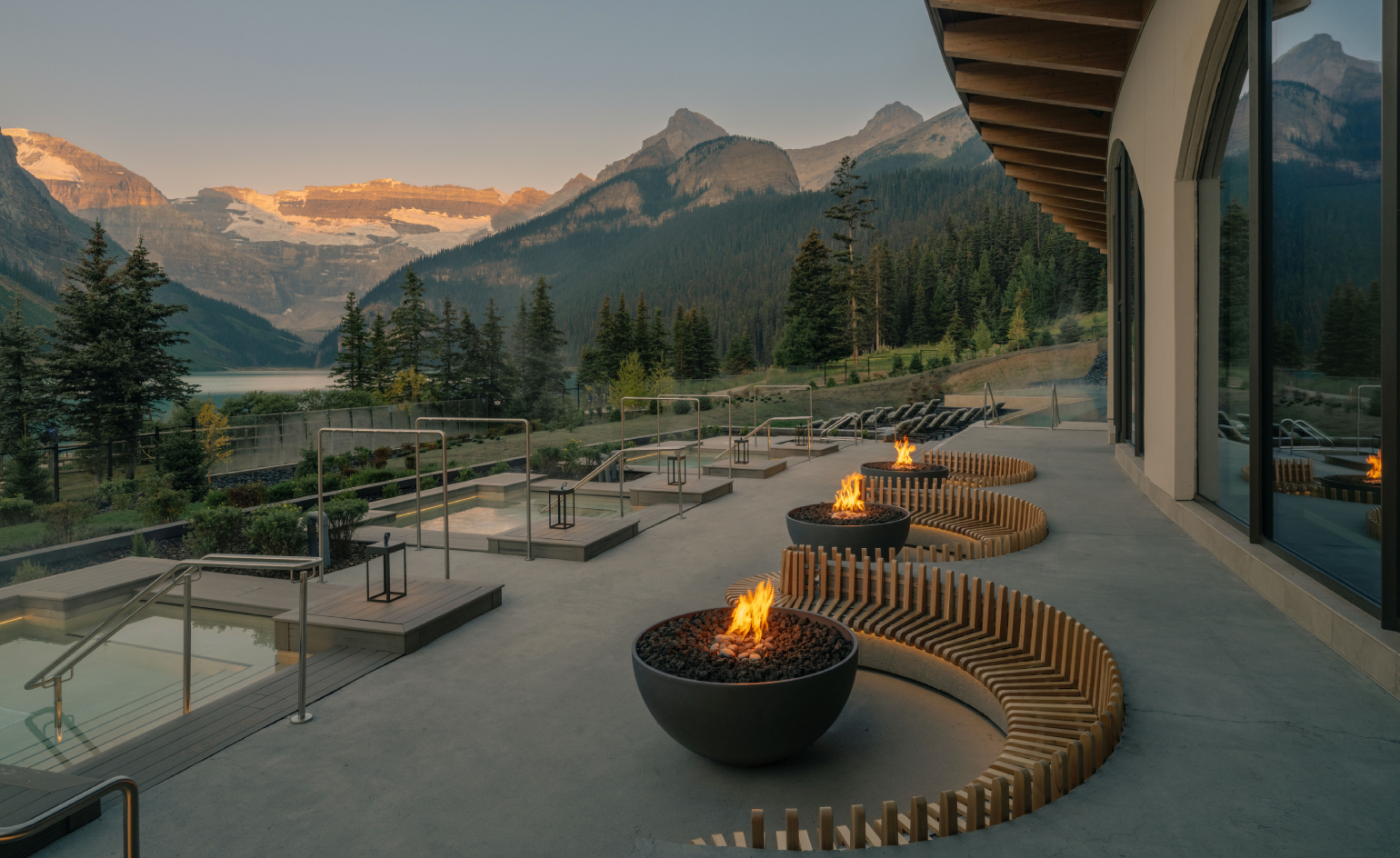 Matteo Thun carves a masterful thermal retreat into the Canadian Rockies
Matteo Thun carves a masterful thermal retreat into the Canadian RockiesBasin Glacial Waters, a project two decades in the making, finally surfaces at Lake Louise, blurring the boundaries between architecture and terrain
-
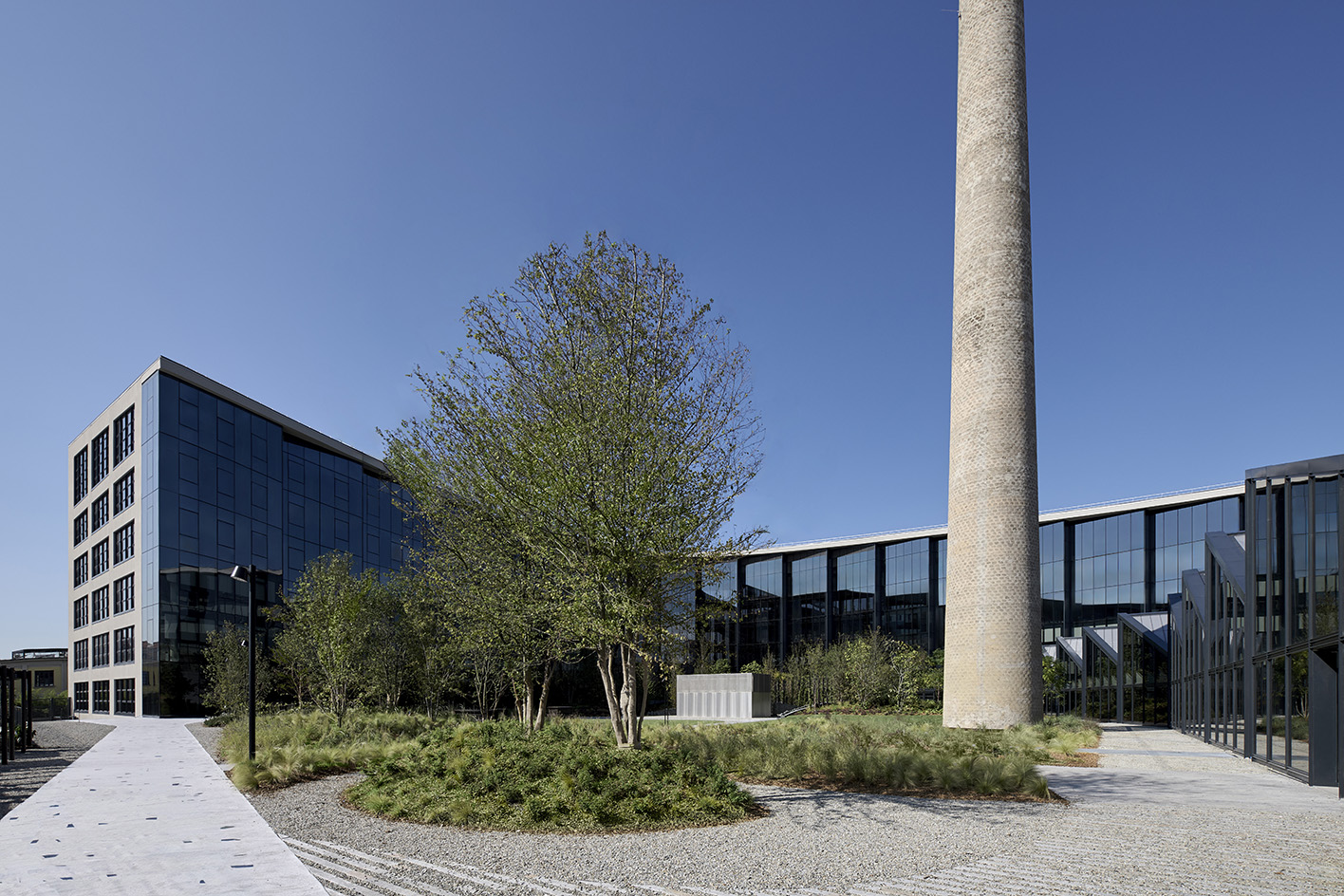 Step inside Casa Moncler, the brand’s sustainable and highly creative Milanese HQ
Step inside Casa Moncler, the brand’s sustainable and highly creative Milanese HQCasa Moncler opens its doors in a masterfully reimagined Milanese industrial site, blending modern minimalism and heritage, courtesy of ACPV Architects Antonio Citterio Patricia Viel
-
 Aldo Frattini Bivouac is a mountain shelter, but not as you know it
Aldo Frattini Bivouac is a mountain shelter, but not as you know itA new mountain shelter on the northern Italian pre-Alp region of Val Seriana, Aldo Frattini Bivouac is an experimental and aesthetically rich, compact piece of architecture
-
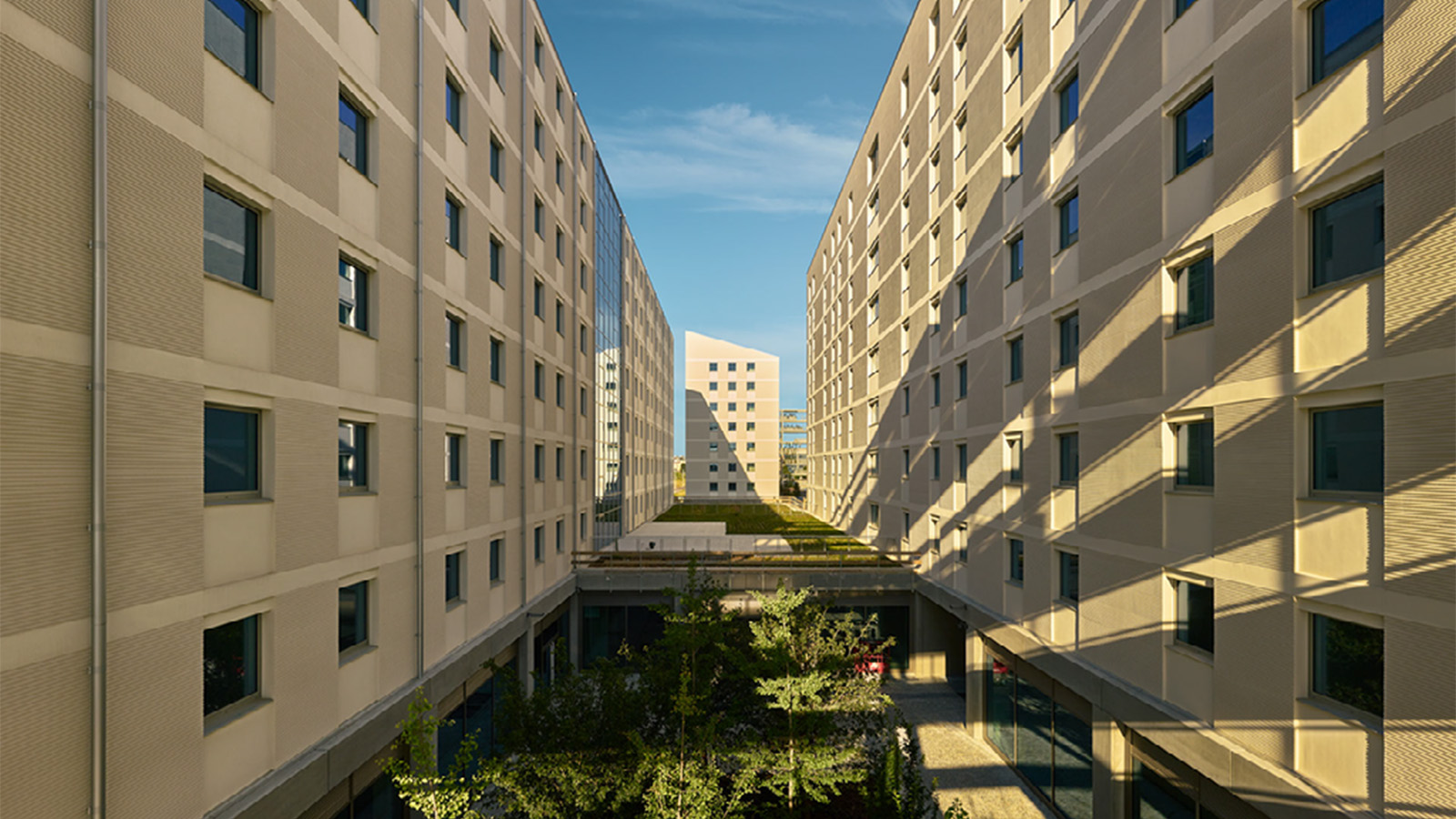 The 2026 Winter Olympics Village is complete. Take a look inside
The 2026 Winter Olympics Village is complete. Take a look insideAhead of the 2026 Winter Olympics, taking place in Milan in February, the new Olympic Village Plaza is set to be a bustling community hub, designed by Skidmore, Owings & Merrill
-
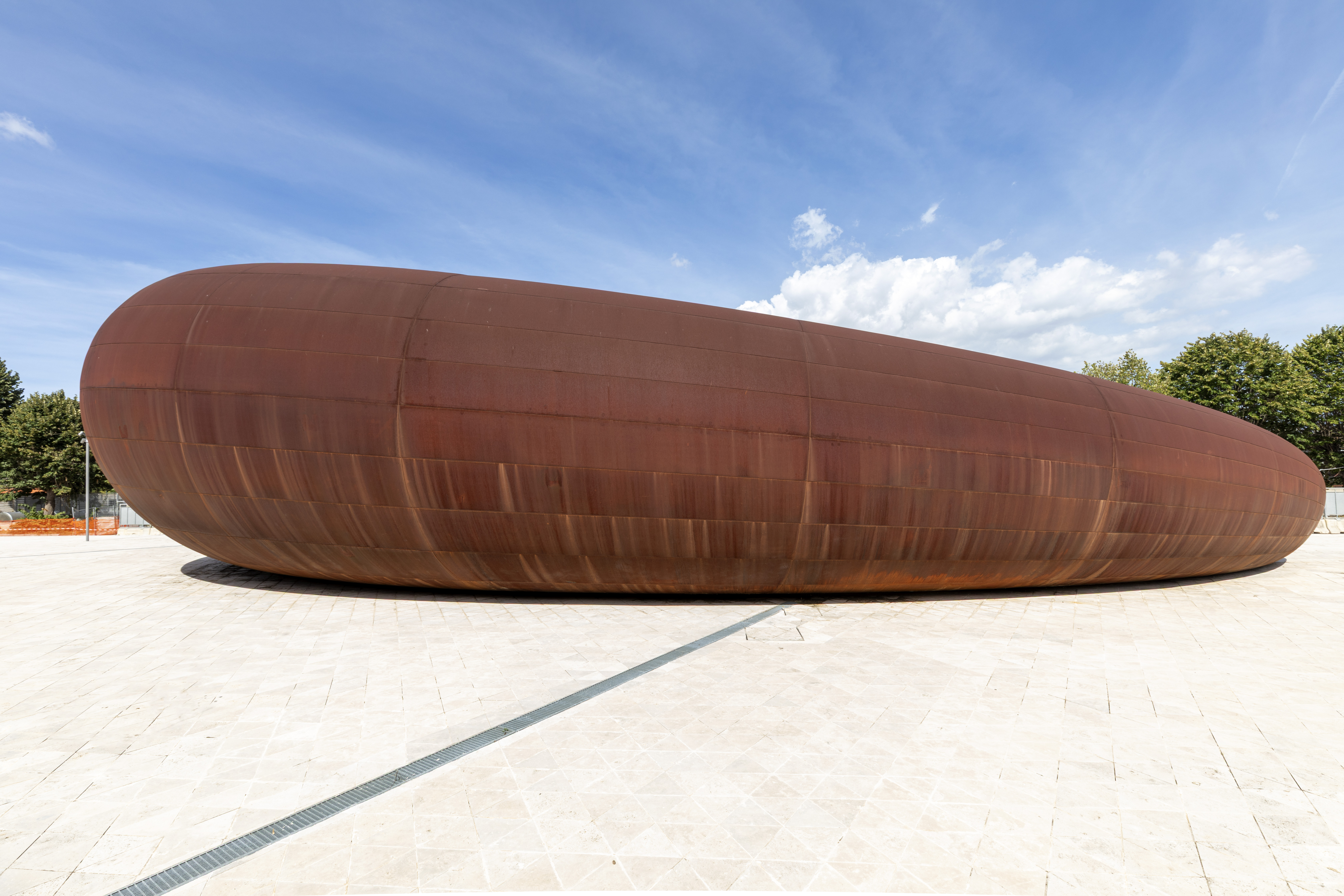 Anish Kapoor designs Naples station as a reflection of ‘what it really means to go underground’
Anish Kapoor designs Naples station as a reflection of ‘what it really means to go underground’A new Naples station by artist Anish Kapoor blends art and architecture, while creating an important piece of infrastructure for the southern Italian city
-
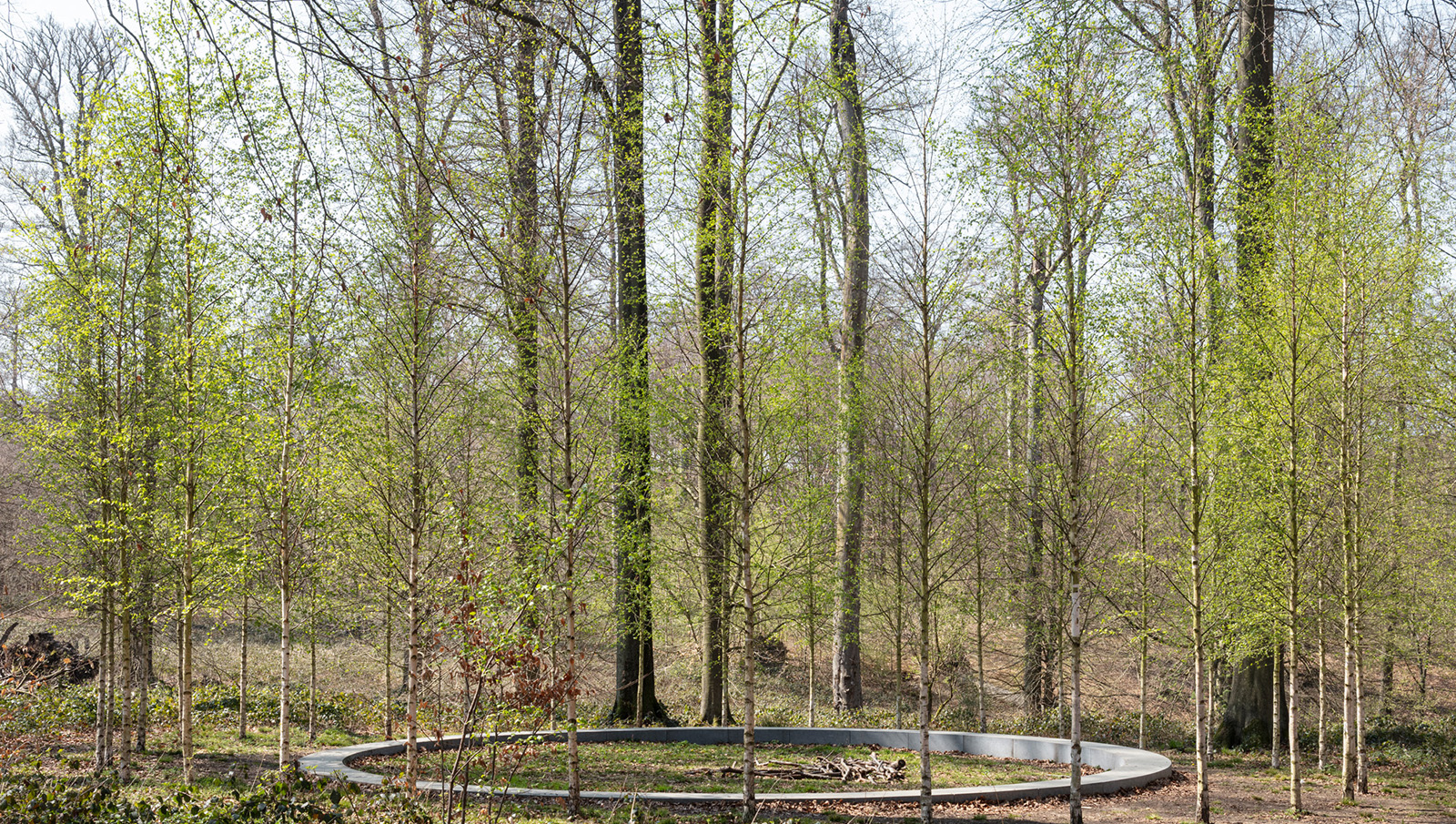 ‘Landscape architecture is the queen of science’: Emanuele Coccia in conversation with Bas Smets
‘Landscape architecture is the queen of science’: Emanuele Coccia in conversation with Bas SmetsItalian philosopher Emanuele Coccia meets Belgian landscape architect Bas Smets to discuss nature, cities and ‘biospheric thinking’
-
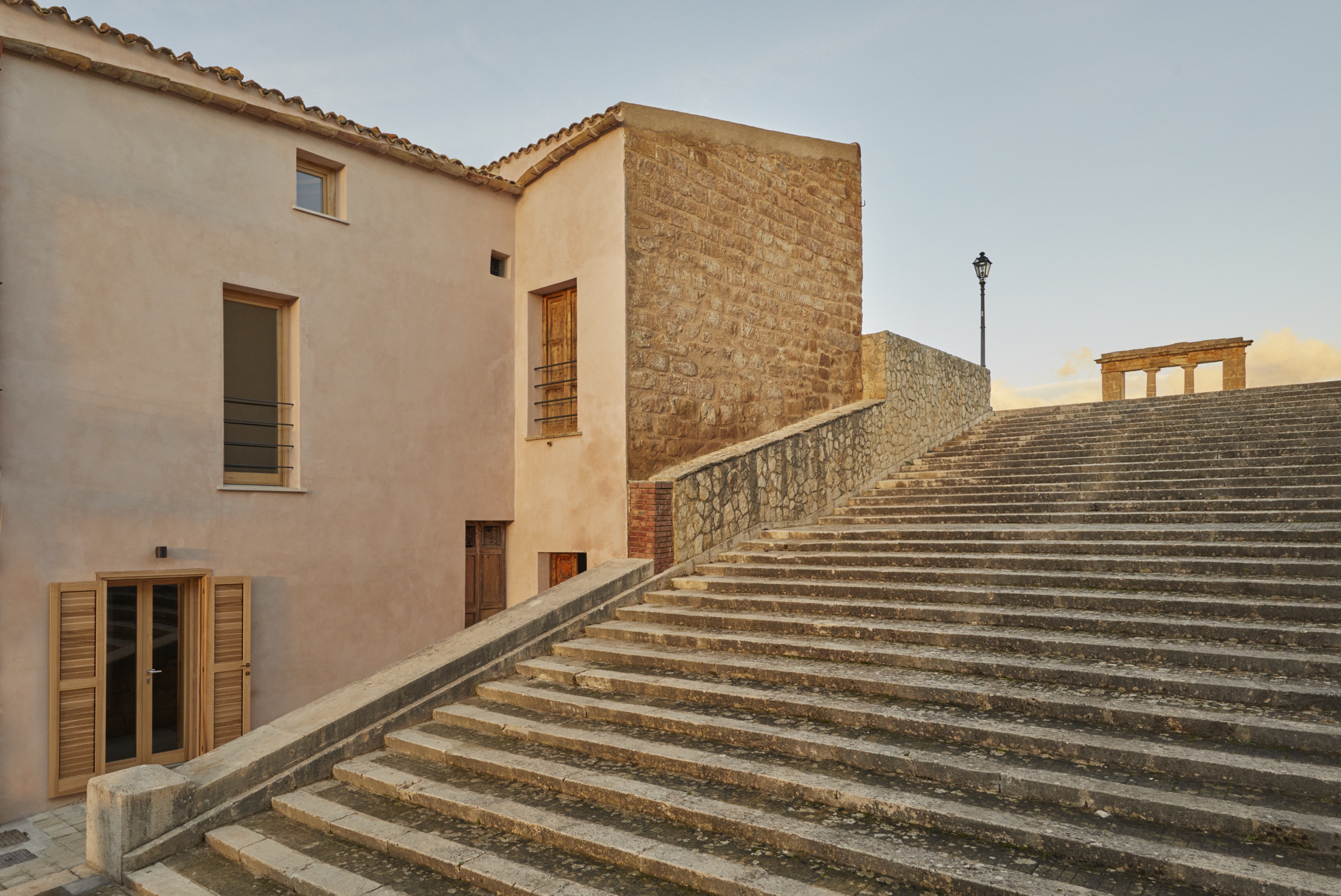 This historic Sicilian house cost one euro. Go inside its transformation
This historic Sicilian house cost one euro. Go inside its transformationPalermo-based firm Didea teamed up with AirBNB to reimagine the once-dilapidated property in vibrant colour blocks
-
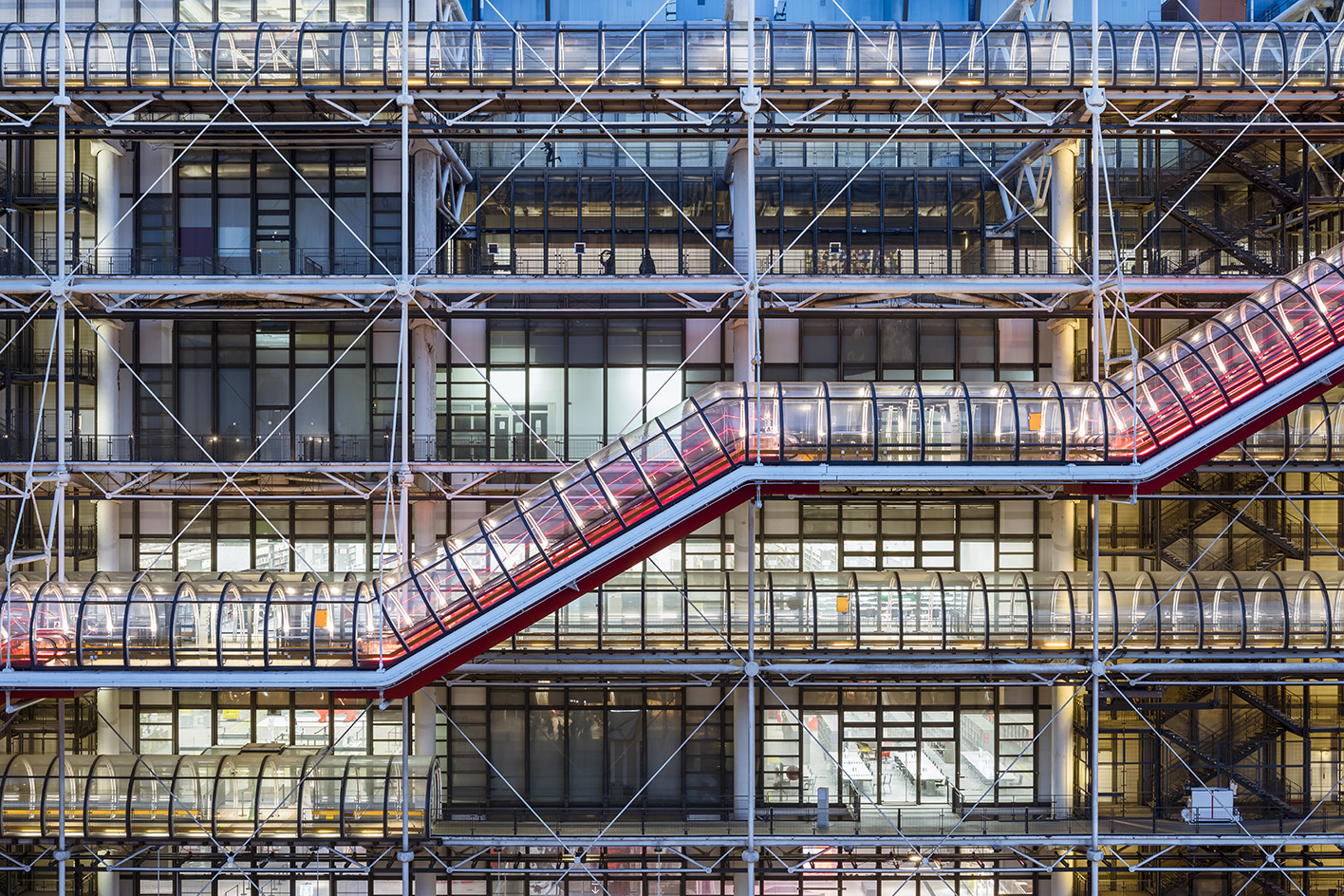 A guide to Renzo Piano’s magic touch for balancing scale and craft in architecture
A guide to Renzo Piano’s magic touch for balancing scale and craft in architectureProlific and innovative, Renzo Piano has earned a place among the 20th century's most important architects; we delve into his life and career in this ultimate guide to his work
-
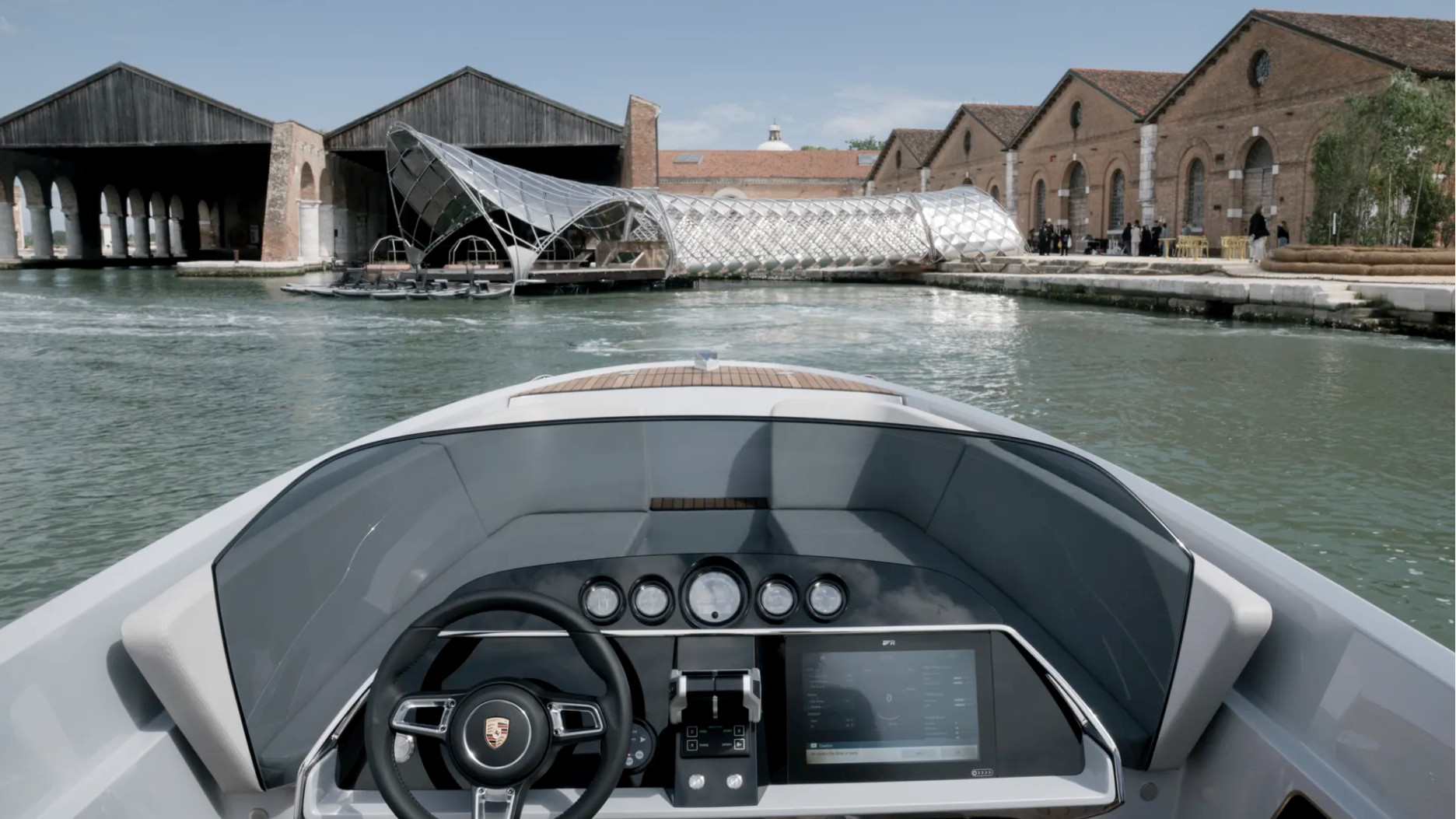 Porsche and the Norman Foster Foundation rethink the future of mobility
Porsche and the Norman Foster Foundation rethink the future of mobilityA futuristic Venice transport hub, created with the Norman Foster Foundation for Porsche’s The Art of Dreams programme, is a star of the city’s Architecture Biennale